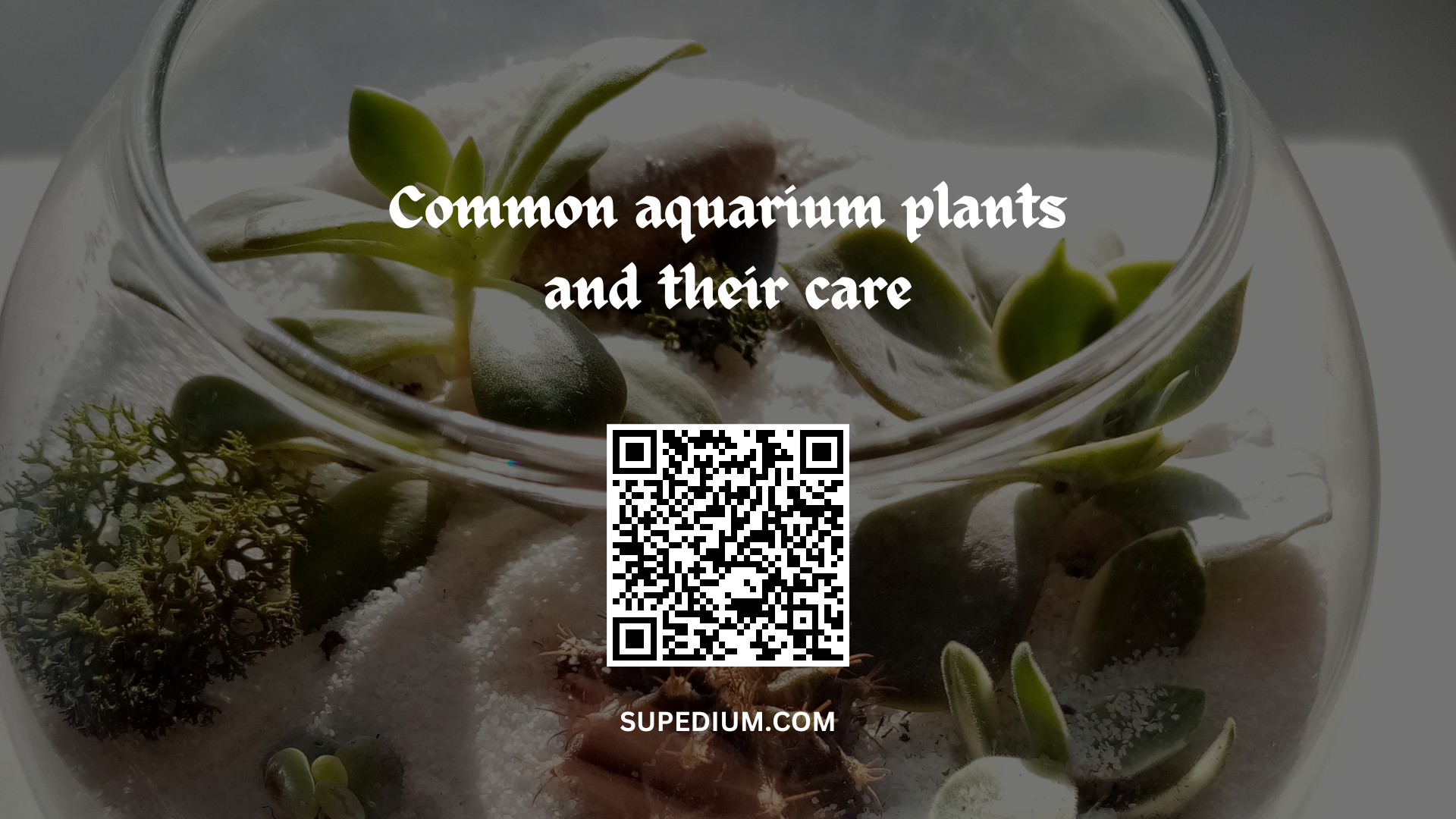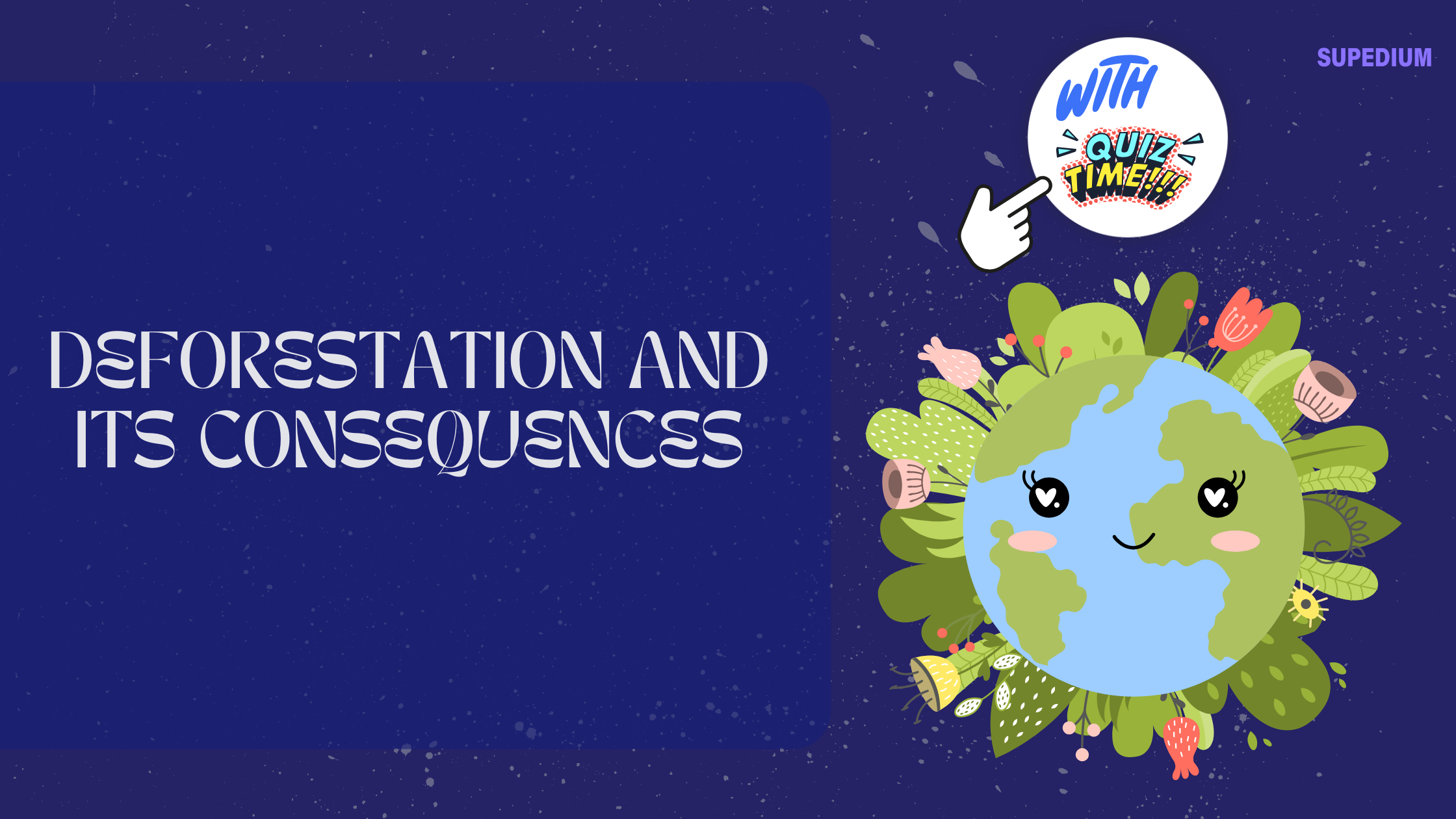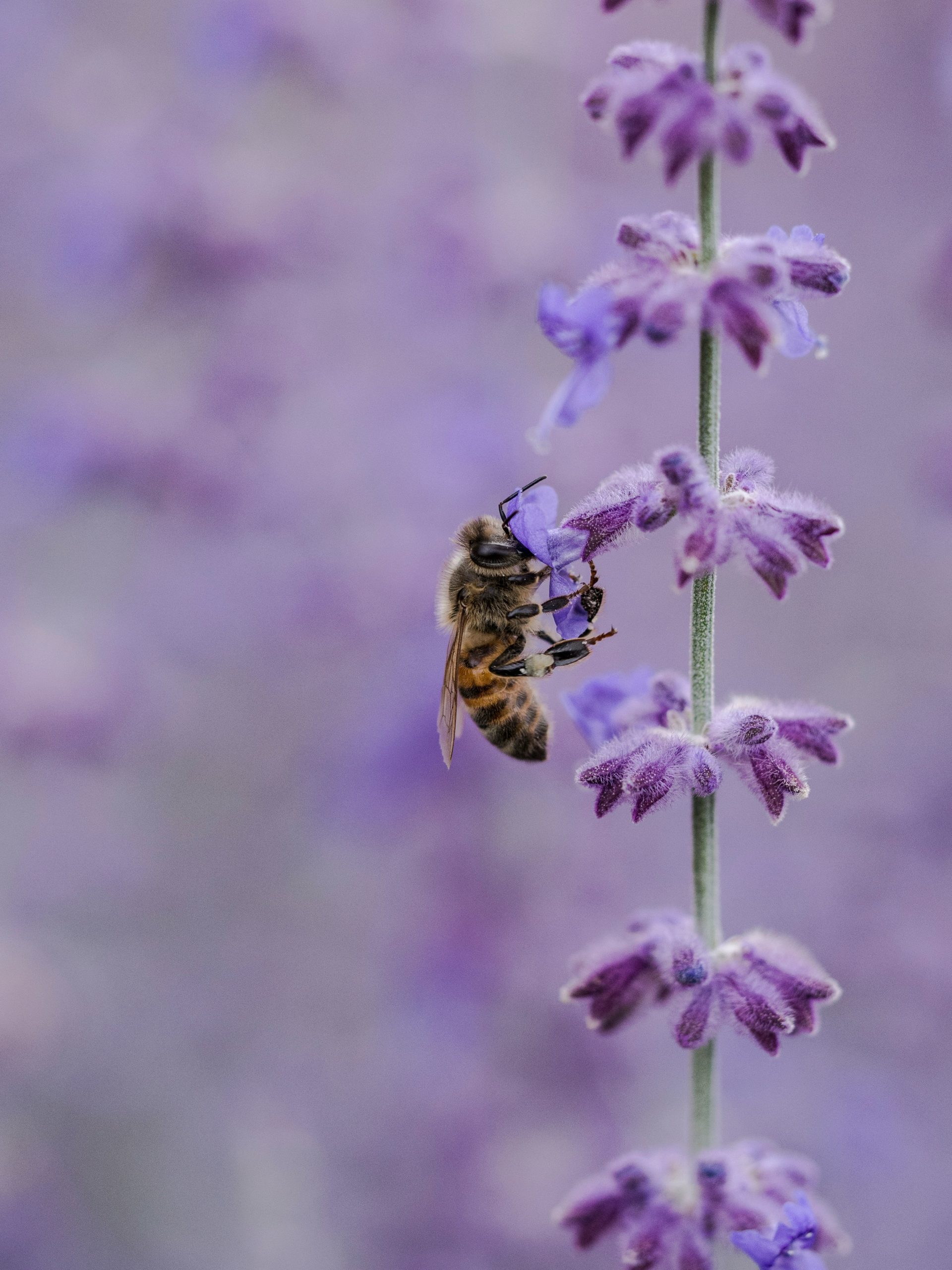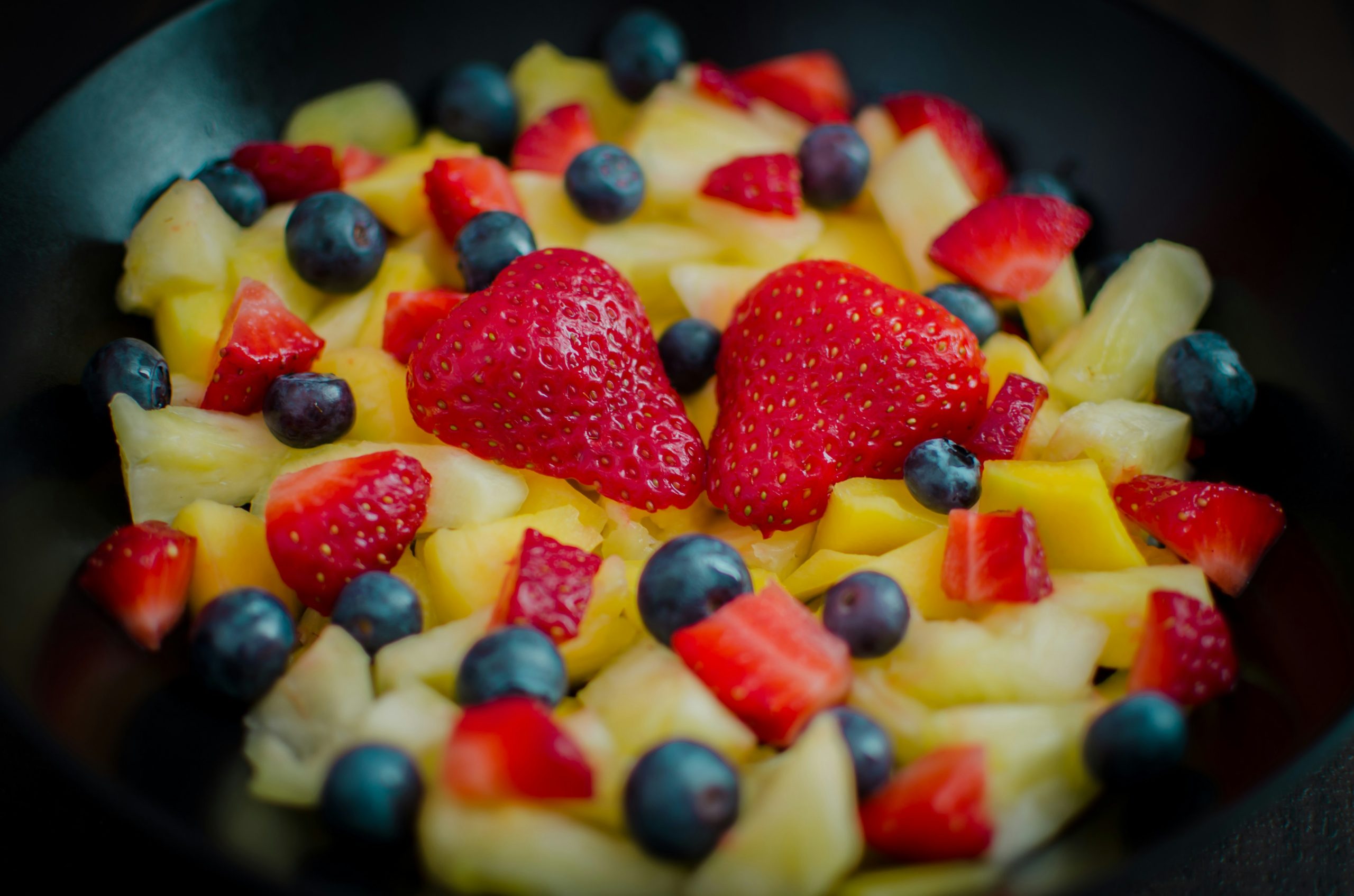![]()
Aquarium plants are an essential component of any aquarium ecosystem, providing not only visual appeal but also important benefits to the aquatic environment. Plants absorb harmful chemicals and provide oxygen, reducing stress on the fish in the tank. In this essay, we will discuss common aquarium plants and their care, so that you can add them to your aquarium and maintain a healthy environment for your aquatic pets.
Java Moss
Java Moss is a popular aquatic plant that can be easily grown in most aquariums. It is a hardy plant that requires little maintenance and can grow in a variety of water conditions. Java Moss provides hiding places for fish and shrimp, which can help to reduce stress in the aquarium.
Care: Java Moss requires low to medium light and can be anchored to rocks or driftwood. It does not require fertilization, but adding liquid fertilizers can promote growth.
Anubias
Anubias is a slow-growing aquatic plant that is easy to care for and provides a unique appearance to an aquarium. The plant has dark green, broad leaves, which makes it an ideal plant for covering the floor of the aquarium.
Care: Anubias requires low to medium light and can be attached to rocks or driftwood. It grows best when the rhizome (thick stem) is not buried in the substrate. Anubias should not be fertilized regularly, as this can cause algae growth.
Amazon Sword
Amazon Sword is a popular aquatic plant that can grow up to 20 inches in height, making it ideal for larger aquariums. It provides visual appeal and also helps to absorb harmful chemicals in the water.
Care: Amazon Sword requires medium to high light and a nutrient-rich substrate. It should be fertilized with root tabs or liquid fertilizers to promote growth. It is important to keep the leaves of the Amazon Sword clean, as they can collect debris and block light.
Cryptocoryne
Cryptocoryne is a hardy aquatic plant that is easy to care for and provides an attractive appearance to an aquarium. The plant has broad leaves and comes in a variety of colors and sizes.
Care: Cryptocoryne requires low to medium light and a nutrient-rich substrate. It can be propagated by separating the plant into smaller portions and replanting. Cryptocoryne should be fertilized with root tabs or liquid fertilizers to promote growth.
Dwarf Baby Tears
Dwarf Baby Tears is a small aquatic plant that is commonly used as a foreground plant in aquariums. It has small, delicate leaves that provide visual appeal and also absorb harmful chemicals in the water.
Care: Dwarf Baby Tears requires high light and a nutrient-rich substrate. It can be propagated by separating the plant into smaller portions and replanting. The plant should be fertilized with liquid fertilizers regularly to promote growth.
Java Fern
Java Fern is a slow-growing aquatic plant that is easy to care for and provides visual appeal to an aquarium. The plant has large, broad leaves that can be attached to rocks or driftwood.
Care: Java Fern requires low to medium light and can be attached to rocks or driftwood. It should not be buried in the substrate, as this can cause the plant to rot. Java Fern should not be fertilized regularly, as this can cause algae growth.
In conclusion, adding aquarium plants to your aquatic ecosystem provides numerous benefits for your fish and overall aquarium health. The plants absorb harmful chemicals in the water and provide oxygen for your fish, reducing their stress and promoting their overall health. When choosing plants, it is important to consider the lighting and nutrient requirements of the plant, as well as the specific needs of your fish. By following the proper care instructions for common aquarium plants, you can add beauty and health to your aquarium.
Test Your Understanding ✍️






Be the first to comment